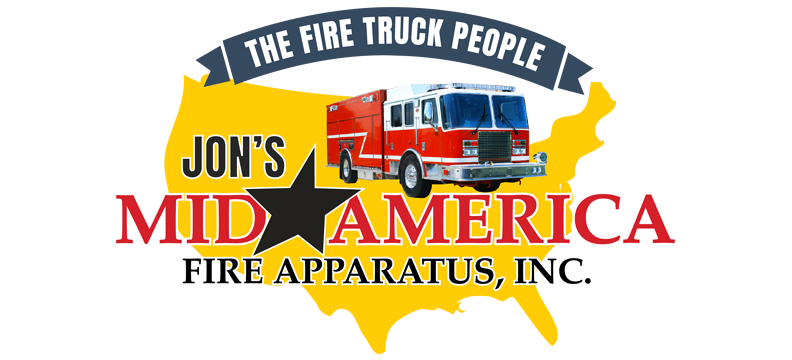When selecting a fire truck ladder or choosing between a straight ladder and a platform for your next fire apparatus, you may have a lot of questions. Which is safer? Which is cheaper? And what are the regulations that guide which you can choose? Let’s take a look at how to choose between a straight ladder and an aerial ladder when considering an aerial fire truck and how your choice can benefit your department and your community.
What should I consider when choosing an aerial apparatus?
There’s a variety of factors that play into choosing between straight ladders and aerial platforms.
Some of these include:
- Maneuverability
- Station space
- Department history
- Primary intended use
- Water flow
- Safety
- Cost
- Preference of those using the apparatus
- Pre-defined limits on truck like length or height
Of the factors mentioned, safety and cost are two of the biggest concerns. All ladders and platforms must live up to the National Fire Protection Agency (NFPA) 1901 guidelines, meaning that your ladder must be rated for a minimum of 250 pounds, and your platform must be rated for a minimum of 750 pounds. Keep this in mind while on your search for an aerial ladder truck. If your department is strapped for cash, consider what this may mean in your decision. A platform may not be the best choice as they can run up to $100,000 more than a ladder.
Why choose a straight ladder?
Straight ladders come with many perks. Those include:
- Less gross vehicle weight
- Greater water tank capacity
- Easier positioning around obstacles
- Greater maneuverability
- Shorter vehicle length
- Longer ladder length
- Shorter stabilizer stance
- Lower cost
An aerial ladder truck is a great choice for a department who may have less cash or who may have a smaller vehicle. Typically, platforms require much more money and a far higher vehicle weight to sustain themselves. Ladders also make it easier to get into hard to reach spaces during an emergency situation. Where a platform may not be able to maneuver, a ladder might be able to get the job done.
Why choose a platform aerial?
Platforms include amenities not seen with a ladder, including:
- Can be elevated for a long period of time
- Can flow more water from it
- Higher flow capacity
- Dual monitors
- Higher payload capacity
- Safer workspace when elevated
- Safer evacuation method, especially for young, disabled, or elderly victims
- More rescue options
- Greater maneuverability with the platform
- Safer use of Stokes rescues
One of the best-selling advantages of a platform is the safety. There is less exposure to fire ground elements, a higher heat capacity at the tip of the platform, the lack of need to climb a ladder, and a general safer working environment. Platforms are also unique in that they provide a safer evacuation for those who aren’t able to easily climb down a ladder in an emergency. While certainly being more expensive, some departments choose a platform simply for the safety of it.
If you do choose a platform, you have to decide whether you would like a rear-mount platform or a mid-mount platform. Rear-mount platforms have pumps that are more accessible and have greater reach and sweep capabilities, offering the ability to get more water out faster. Mid-mount platforms offer a lower travel height, a necessity for apparatuses in towns and cities with low-hanging trees or low bridges, especially in a historic district of town.
Whether you’re set on an aerial fire apparatus or need some guidance to help you when selecting a fire truck ladder, Jon’s Mid America is here for you. Contact us and we’ll help you choose the apparatus that’s best for your department.



